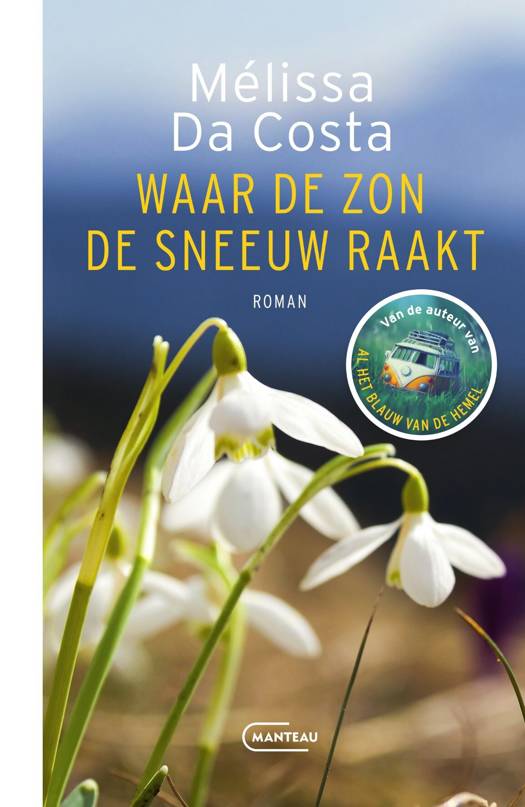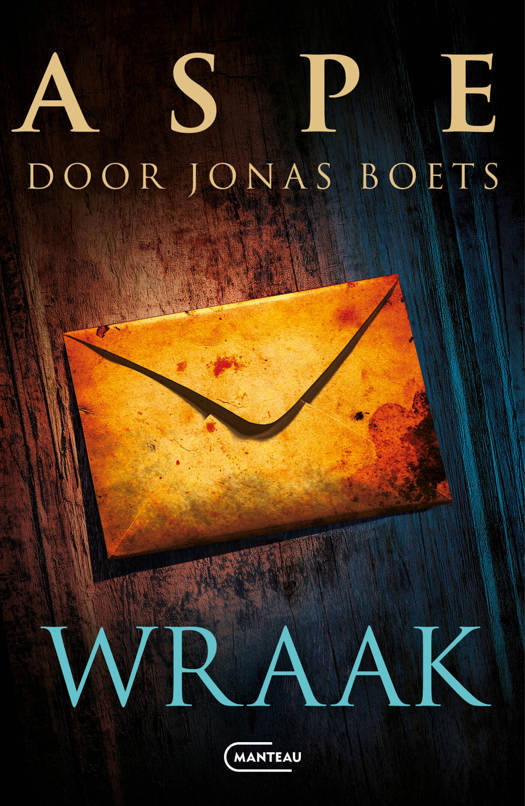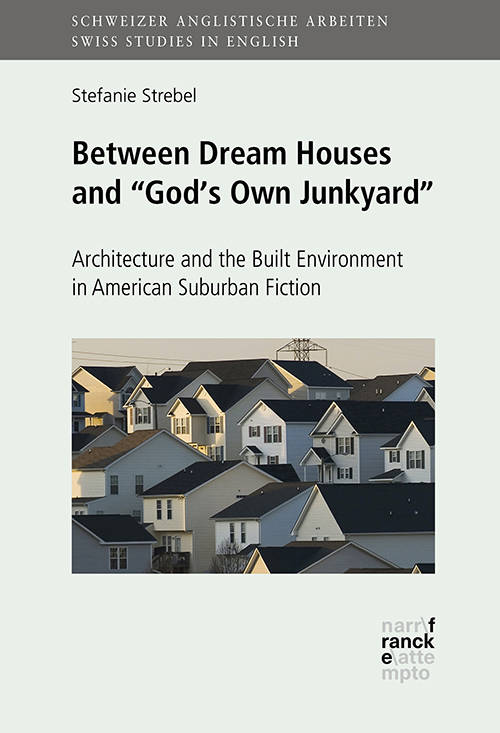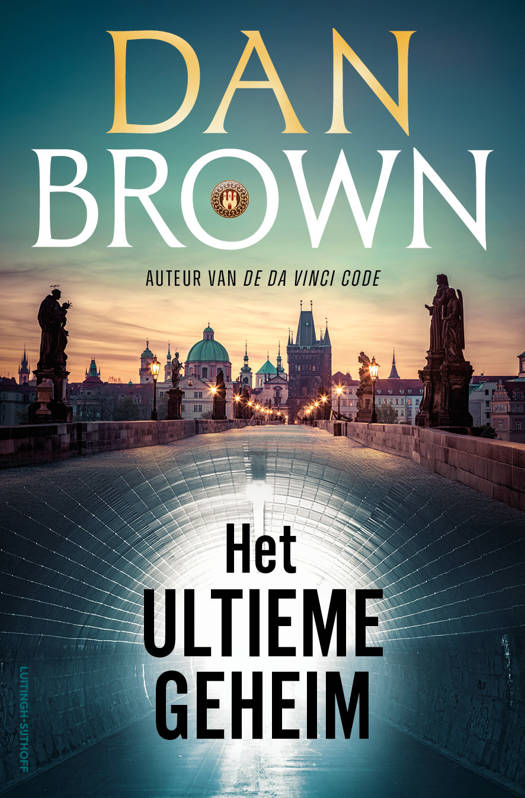
- Afhalen na 1 uur in een winkel met voorraad
- Gratis thuislevering in België vanaf € 30
- Ruim aanbod met 7 miljoen producten
- Afhalen na 1 uur in een winkel met voorraad
- Gratis thuislevering in België vanaf € 30
- Ruim aanbod met 7 miljoen producten
Between Dream Houses and "God's Own Junkyard": Architecture and the Built Environment in American Suburban Fiction
Stefanie Strebel
€ 57,45
+ 114 punten
Omschrijving
The American suburb is a space dominated by architectural mass production, sprawl, as well as a monotonous aesthetic eclecticism, and many critics argue that it has developed from a postwar utopia into a disorienting environment with which it is difficult to identify. The typical suburb has come to display characteristics of an atopia, that is, a space without borders or even a non-place, a generic space of transience.Dealing with the representation of architecture and the built environment in suburban literature and film from the 1920s until present, this study demonstrates that in its fictional representations, too, suburbia has largely turned into a place of non-architecture. A lack of architectural ethos and an abundance of "Junkspace" define suburban narratives, causing an increasing sense of disorientation and entropy in fictional characters.
Specificaties
Betrokkenen
- Auteur(s):
- Uitgeverij:
Inhoud
- Aantal bladzijden:
- 228
- Taal:
- Engels
- Reeks:
- Reeksnummer:
- nr. 148
Eigenschappen
- Productcode (EAN):
- 9783772087516
- Uitvoering:
- Hardcover
- Afmetingen:
- 155 mm x 22 mm
- Gewicht:
- 460 g
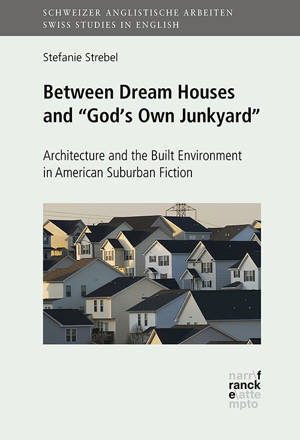
Alleen bij Standaard Boekhandel
+ 114 punten op je klantenkaart van Standaard Boekhandel
Beoordelingen
We publiceren alleen reviews die voldoen aan de voorwaarden voor reviews. Bekijk onze voorwaarden voor reviews.

